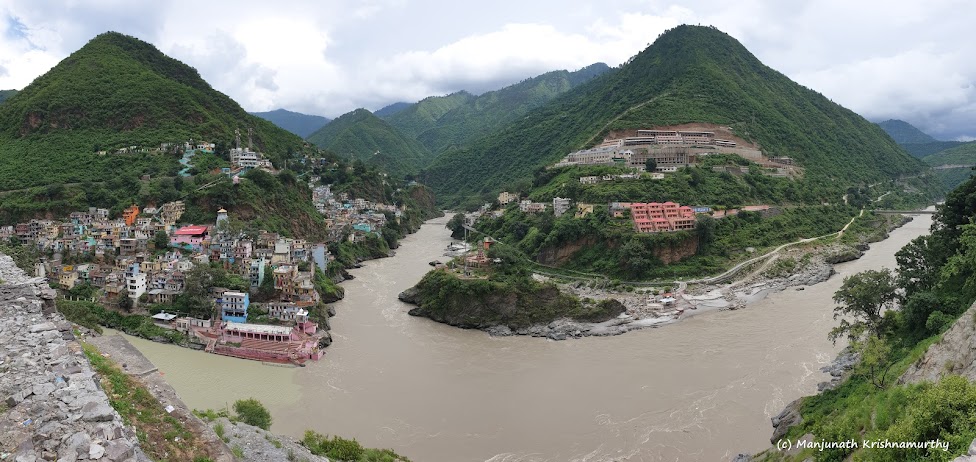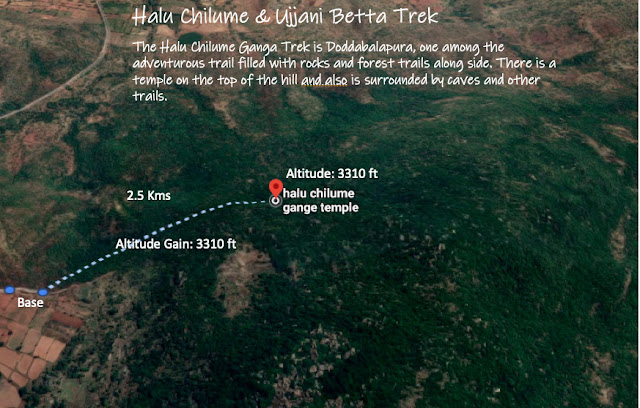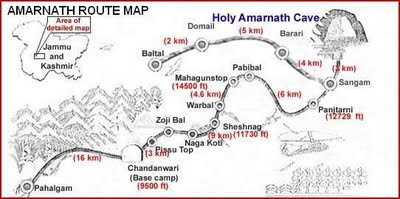Panch Prayag - A Confluence Photo Journey
The Valley of Flowers trek turned to be exciting twists and turns, from the planning to multiple times on and off about the whole trip.
The trek, Valley of flowers, although 200 kms from Rishikesh, it started for me from Rishikesh. The journey was 10 hrs long but not even once I got the hard journey feel of it as it was a true delight to see lush green cover, small villages along the road, ravishing waterfalls, petty landslides and gushing rivers while the cloud cover rested above the peaks and offered a beautiful feast to my eyes. One amazing portion of Journey is Prayags passing by.
The trek, Valley of flowers, although 200 kms from Rishikesh, it started for me from Rishikesh. The journey was 10 hrs long but not even once I got the hard journey feel of it as it was a true delight to see lush green cover, small villages along the road, ravishing waterfalls, petty landslides and gushing rivers while the cloud cover rested above the peaks and offered a beautiful feast to my eyes. One amazing portion of Journey is Prayags passing by.
Panch Prayag (Pañca prayāga) is an expression in Hindu religious ethos, specifically used to connote the five sacred river confluences in the Garhwal Himalayas in the state of Uttarakhand, India. The five prayags - prayag meaning "place of confluence of rivers" in Sanskrit - also termed as "Prayag pentad" are Vishnuprayag, Nandaprayag, Karnaprayag, Rudraprayag and Devprayag, in the descending flow sequence of their occurrence.
It starts with the Vishnu Prayag on the Alaknanda River, which is one of the two source streams of the river Ganga in the Garhwal Himalayas; the other streams are the Dhauliganga, Mandakini, Pindar and the Bhagirathi - the head stream of the Ganges.
Dev Prayag (30°08′43″N 78°35′52″E) is the confluence of the two holy rivers, the Bhagirathi - the chief stream of the Ganges and the Alaknanda. It is the first prayag on the way to Badrinath. Beyond this confluence, the river is known as Ganges. The holiness of this place is considered equal to the famous Triveni sangam confluence at Prayagraj where the Ganges, Yamuna and Saraswati rivers merge
Karn Prayag (30°15′49″N 79°12′56″E) is the location where Alaknanda River is joined by the Pindar River that originates from the Pindar glacier, below the Nanda Devi Mountain range.The epic Mahabharata legend narrates that Karna did penance here and earned the protective gear of Kavacha (armour) and Kundala (ear rings) from his father, the Sun god, which gave him indestructible powers. The name of the confluence is thus derived from the name of Karna.
At Rudra Prayag (30°17′16″N 78°58′43″E) the Alaknanda meets the Mandakini River. The confluence is named after god Shiva, who is also known as Rudra. According to a widely narrated legend, Shiva performed the Tandava
here, Tandava is a vigorous dance that is the source of the cycle of
creation, preservation and dissolution. Shiva also played his favorite
musical instrument the Rudra veena here. By playing the Veena, he enticed god Vishnu to his presence and converted him to water.
Nand Prayag (30°19′56″N 79°18′55″E)
is the second prayag in the cascade sequence of the confluences where
the Nandakini River joins the main Alaknanda River. According to one
tale, a noble King Nanda performed Yagnya (fire-sacrifice) and sought blessings of God. Hence, the confluence is named after him.














Comments
Post a Comment
Your comments are most welcome -